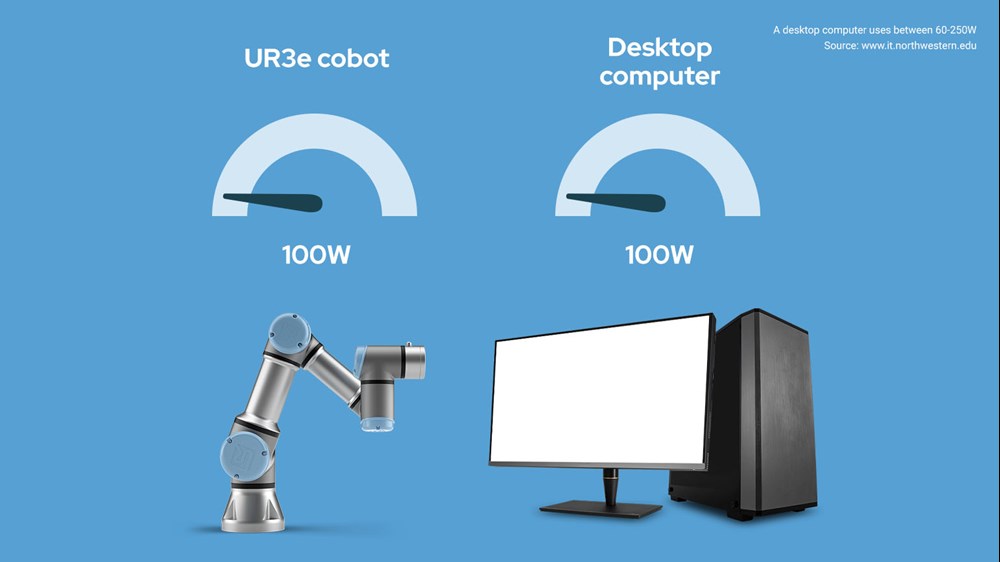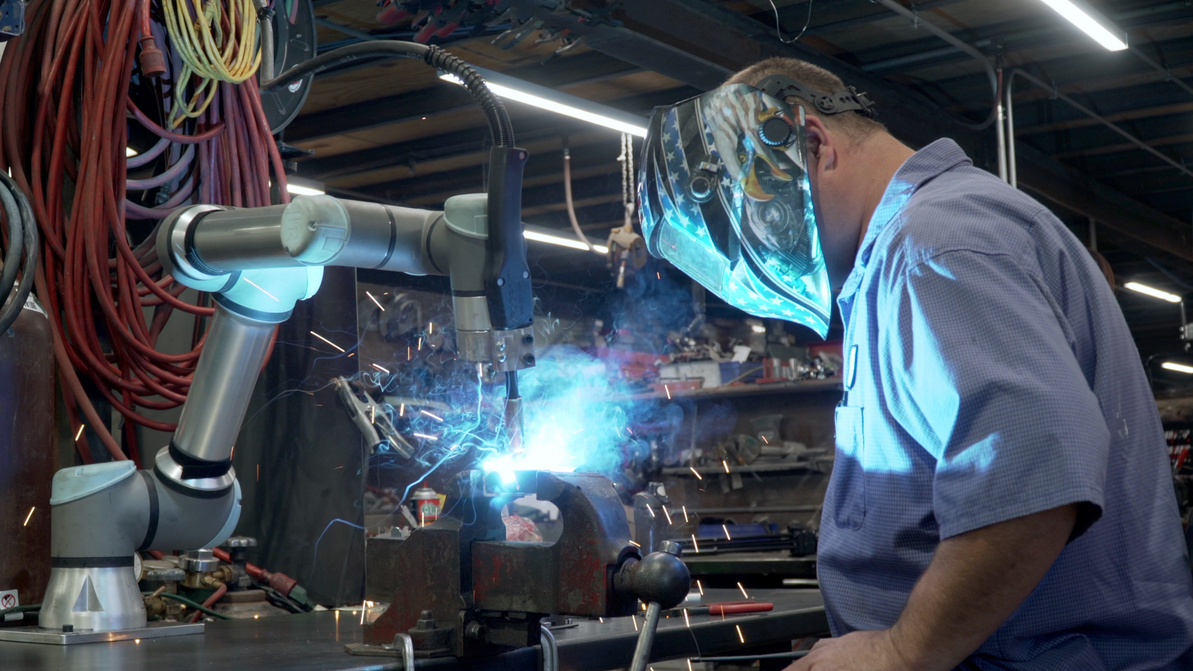7 Simple Tips to Save Energy in Manufacturing
One of your higher overhead costs for a manufacturing business can be electricity. The industrial power sector in the US consumes 32% of all energy, with manufacturing accounting for a large portion of that, according to the EIA Manufacturing Energy Consumption Survey (MECS). Of overall energy use within the industrial sector, five industries account for about 80%. The manufacturing of chemicals, coal and petroleum products, metals, food production, and paper production are the industries that use the most energy.
More energy is wasted in our country than in any other, even China. The United States' energy efficiency in 2013 was just 42%, which means that 58 percent of the energy we create is lost. The annual energy costs for manufacturing facilities alone amount to $200 billion, with about 30% of that energy being lost in waste. Here are seven strategies to lower industrial energy costs on your production floor, which will improve the energy efficiency and operating costs of your manufacturing facility.
Create a Team for Energy Management
Initiatives to reduce energy usage and costs frequently fail because it is unclear who is in charge of managing the project. Recruit a member from each department to form an energy management team. Bring on people with a motivation to keep costs down, or include a bonus that can be based on how much energy the team saves. Together, they can monitor energy use throughout the building and put waste reduction strategies into action.
Audit Energy Usage
An energy audit manual and the aid of facility specialists can be used to conduct energy audits internally. However, we advise institutions to get qualified assistance from an energy expert. An effective energy audit will calculate the amount of energy used by each department and help pinpoint the times of year when consumption is at its highest. It should also contain suggestions for energy efficiency improvements that will yield the highest returns on investment. (You can start with the Penn State Pennsylvania Technical Assistance Program’s “Manufacturing Energy Toolkit.”)
Plan Machinery Usage
Think about which equipment uses the most energy to run using the information from your facility's energy audit. If at all possible, avoid using these devices during busy times. Up to 30 percent of a manufacturing facility's monthly utility costs might be attributed to peak hours.
Plan Shutdowns and Startup Times
Industrial energy costs can be significantly reduced through planned production floor shutdowns during which all machinery is turned down for an extended period of time (during weekends or off-shift times). You'll need visibility into the busiest operational periods if you want to plan when to shut down. The energy requirement for your facility might also significantly increase by turning on all the machines at once. To lessen this increase, production floors should space out equipment startup.
Improve Air Compressors
The primary source of energy waste and excessive energy consumption is industrial air compressors. Others are carelessly maintained while some are poorly built. In the United States, air compressors are responsible for up to $3.2 billion in yearly energy waste expenses. In actuality, even one leak can cost your company $500 or more annually. Your air compressors are essentially stealing money from your operations budget if you have a number of leaks.
Audit Your HVAC System
HVAC systems are in charge of preserving the comfort and air quality on a factory floor. Additionally, they account for almost 52% of a building's overall energy use. How effectively an HVAC system operates is influenced by a number of factors, including system design, operating technique, and maintenance. Conduct an HVAC audit to make sure your building is making the most of its HVAC system. Take the opportunity to do maintenance or think about updating the system in light of the results.
Here are three methods to increase the effectiveness of your HVAC system:
- Place a programmable thermostat in place (which can reduce consumption by as much as 15 percent)
- Invest in a demand-controlled ventilation (DCV) system, which manages external air intake based on how much carbon dioxide is present inside a building owing to the presence of workers.
- In certain instances, basic duct repair and insulation are sufficient to cut HVAC energy use by 30%.
Being more energy efficient means making sure your equipment is in good operating order. When retro-commissioning a facility, it carefully looks for equipment that isn't performing to its full potential. Retrofitting entails changing out old or ineffective machinery.
However, do not limit this to the largest pieces of equipment in your company. Realistically, installing a new HVAC system might not even be an option. However, long-term savings from replacing outdated technology, such as laptops, motors, and ceiling fans, can mount up. Set up a routine for inspecting and maintaining all of your equipment, not just the important pieces.
Determine Where Cobots Can Replace Traditional Robots
Manufacturers are reviewing operations to prevent a skyrocketing energy bill as the growing cost of power puts pressure on production expenses in several areas. When compared to conventional industrial robots, Universal Robots collaborative robots use less electricity.
Physical size is a clear distinction between cobots and conventional industrial robots. Cobots are far more compact and lightweight than normal traditional robots since they are made to operate alongside humans. Therefore, compared to conventional industrial robots, which typically use three phase power, our cobots consume less electricity.
The majority of a cobot's power is used to keep it upright. Did you know that the electricity needed by the UR cobots is equivalent to that needed by common home appliances? The UR3e only uses 100W on average, the same amount of power as a standard desktop computer or what an individual may generate when pedaling a bicycle. The most recent console generation and a UR5e both consume about 200W. The UR10e and UR16e can carry 10 and 16 kilos with an average power consumption of 350W, or the same amount of power as a typical household blender. The newest robot from Universal Robots, the UR20, uses 500W, or the same amount of power as the most energy-efficient washing machines, to move a payload of 20 kilos.

A cobot from Universal Robots may be hooked into the same sorts of outlets that are present in every home, unlike conventional industrial robots. Even batteries may be used to power a cobot, and every cobot from Universal Robots is also available in a DC version that does not require an outlet.
How can you ensure that cobots are utilized to their greatest extent while preventing energy waste once they are deployed? Cobots from Universal Robots are already runtime tuned for energy conservation. The robot's acceleration speed should be taken into account when writing a new program for it, and it should only be programmed to move at the speed that is necessary. Users may improve the performance of their cobots without making several on-site visits thanks to the extensive range of remote monitoring options provided by the UR+ ecosystem. Despite the fact that cobots require very little power, a straightforward "on and off" button may be set to operate for extended durations when no cobots are being used. Cobots work alone at night, so production halls don't need electricity for lighting or heating.
These seven steps will put you on the right path to reducing excess energy consumption. What energy saving tactics have you implemented? Join the discussion on our LinkedIn page with your ideas on reducing energy consumption or contact us today for assistance with your energy audit.
Sources: https://electricityplans.com/landing/electricity-for-manufacturing/; https://blogs.constellation.com/energy-management/6-ways-to-reduce-industrial-energy-costs/; https://penntap.psu.edu/energy-toolkit/manufacturing-energy-toolkit/; https://www.universal-robots.com/blog/cobots-and-electricity-use-one-less-thing-to-worry-about/?utm_source=LinkedIn&utm_medium=social&utm_cja=Blog&utm_leadsource=Organic%20Social&utm_campaign=HQ_HQ_OrganicSocial2022&utm_content=web; https://www.nist.gov/blogs/manufacturing-innovation-blog/7-tips-reduce-energy-costs
Recent Posts
-
Using Scan Tunnels to Track, Sort and Route Warehouse Packages
If you’re using conveyor lines to move products, packages and shipments through your warehouse, the …Apr 17th 2024 -
Embracing Collaboration: How Universal Robots Transformed DeAngelo Marine Exhaust
When the welding robots made their debut at DeAngelo Marine Exhaust, there was a mix of excitem …Apr 11th 2024 -
How to Speed Up Your Warehouse Packing by 33% with Machine Vision
Packing benches are some of the busiest areas of most warehouses, with thousands of items to pack i …Apr 4th 2024




